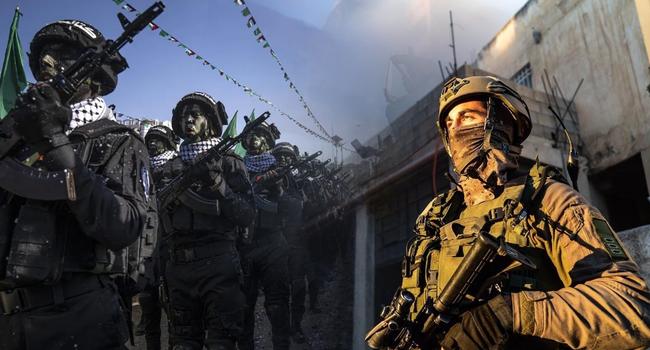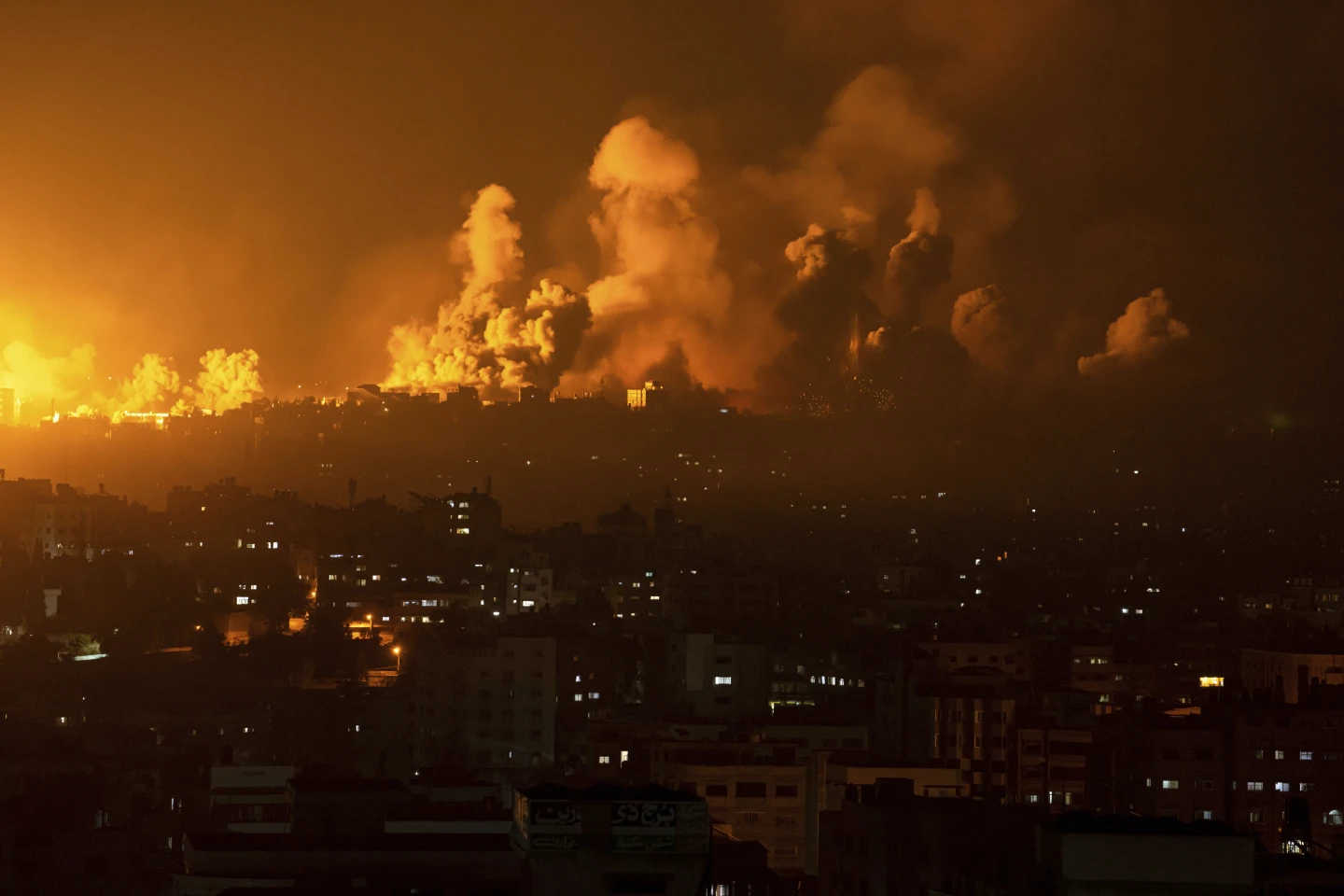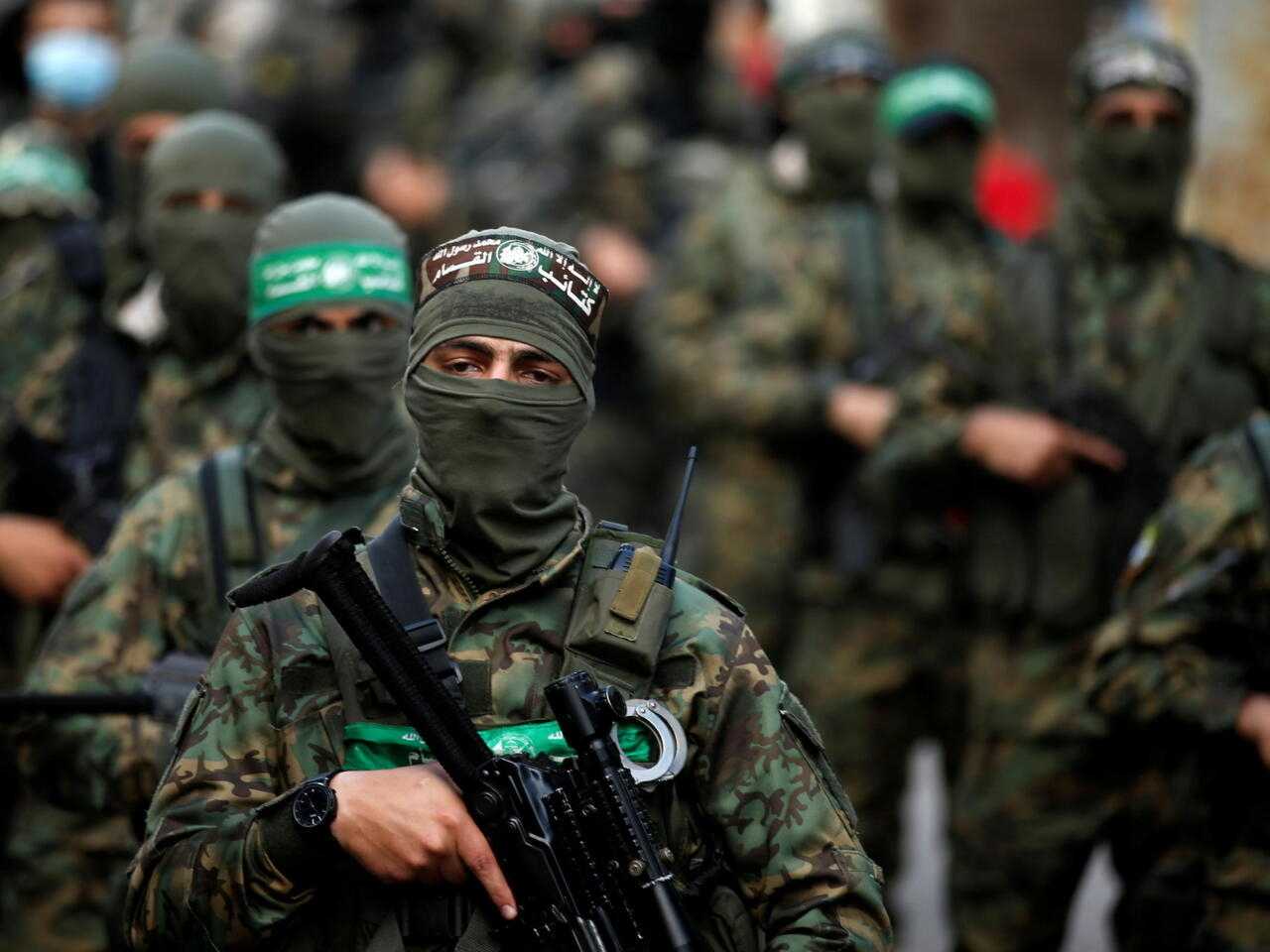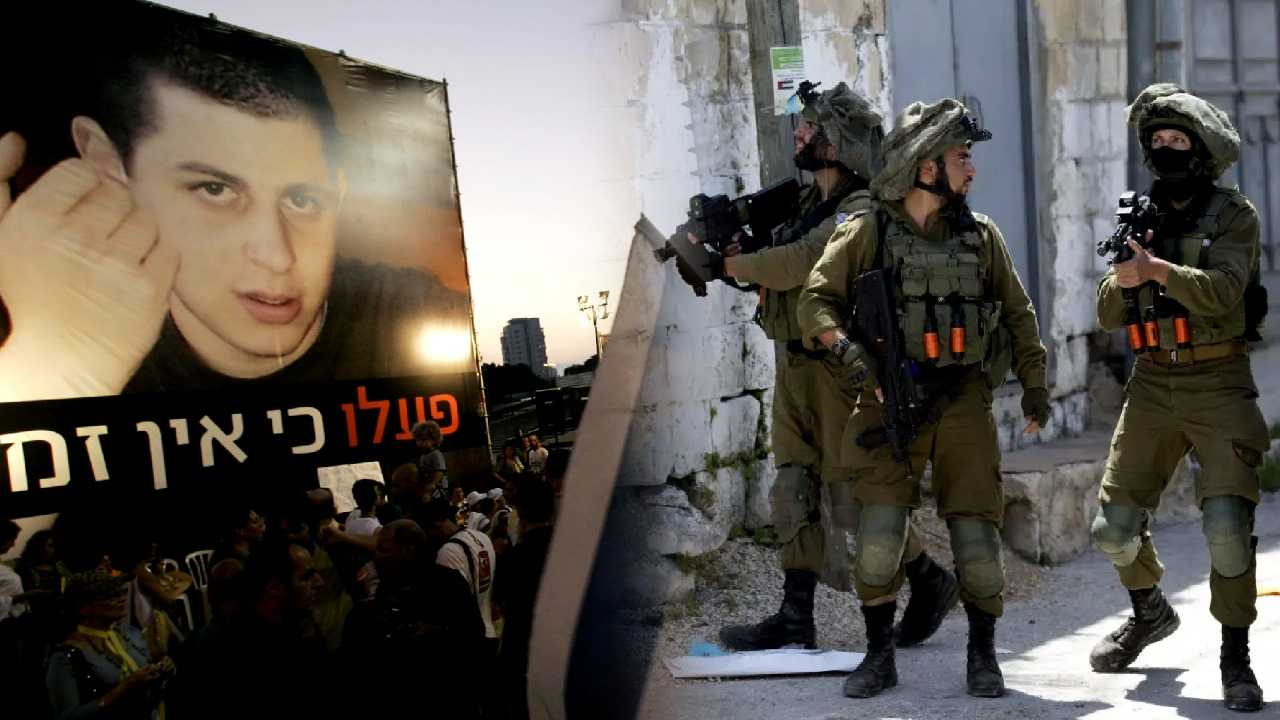Published 17:34 IST, October 10th 2023
Israel Defence Force’s conventional might vs. Hamas' asymmetric warfare
Explore the ongoing Israel-Palestine conflict through a detailed comparative analysis of the Israel Defense Force (IDF) and Hamas.

'%20fill='white'/%3e%3cg%20id='1200px'%3e%3crect%20width='1200'%20height='382'%20transform='translate(-829%20-9348)'%20fill='white'/%3e%3cg%20id='Home%20Page%20Content'%3e%3crect%20width='1905'%20height='30990.4'%20transform='translate(-1181.5%20-8954)'%20fill='white'/%3e%3cg%20id='Debate%20Quicks%20+%20Poll'%20clip-path='url(%23clip0_115_35629)'%3e%3crect%20width='1224'%20height='492'%20transform='translate(-841%20-3)'%20fill='white'/%3e%3cg%20id='Entertainment%20Quicks'%3e%3cg%20id='Header+Content'%3e%3cg%20id='Section%20Header'%3e%3crect%20width='379'%20height='44'%20transform='translate(-8%20-4)'%20fill='%23A20010'/%3e%3cg%20id='Section%20Name'%3e%3cg%20id='R.logo'%20clip-path='url(%23clip1_115_35629)'%3e%3cg%20id='R.'%3e%3cg%20id='Group'%3e%3cpath%20id='Vector'%20d='M39.3895%200H0.619814C0.279658%200%200.00390625%200.275754%200.00390625%200.61591V35.3841C0.00390625%2035.7242%200.279661%2036%200.619817%2036H39.3895C39.7297%2036%2040.0054%2035.7242%2040.0054%2035.3841V0.615908C40.0054%200.275751%2039.7297%200%2039.3895%200Z'%20fill='%23D10014'/%3e%3cpath%20id='Vector_2'%20d='M33.1603%2031.2711C35.2153%2031.0652%2036.7155%2029.2199%2036.5111%2027.1495C36.3067%2025.0792%2034.4751%2023.5677%2032.4201%2023.7736C30.3651%2023.9796%2028.8649%2025.8249%2029.0693%2027.8952C29.2737%2029.9656%2031.1053%2031.4771%2033.1603%2031.2711Z'%20fill='white'/%3e%3cpath%20id='Vector_3'%20d='M5.17188%205.62891H17.2328C21.1319%205.62891%2023.8278%206.65659%2025.5407%208.41892C27.0347%209.88754%2027.7996%2011.8696%2027.7996%2014.4026V14.4758C27.7996%2018.4041%2025.7224%2021.0103%2022.5525%2022.3683L28.6379%2031.3258H20.4761L15.3381%2023.5432H12.2409V31.3258H5.17188V5.62891ZM16.9049%2017.9632C19.3099%2017.9632%2020.6942%2016.7883%2020.6942%2014.9161V14.8428C20.6942%2012.8241%2019.2365%2011.7957%2016.8685%2011.7957H12.2409V17.9632H16.9049Z'%20fill='white'/%3e%3c/g%3e%3c/g%3e%3c/g%3e%3c/g%3e%3c/g%3e%3c/g%3e%3c/g%3e%3c/g%3e%3c/g%3e%3c/g%3e%3c/g%3e%3cdefs%3e%3cclipPath%20id='clip0_115_35629'%3e%3crect%20width='1224'%20height='492'%20fill='white'%20transform='translate(-841%20-3)'/%3e%3c/clipPath%3e%3cclipPath%20id='clip1_115_35629'%3e%3crect%20width='40.0015'%20height='36'%20fill='white'/%3e%3c/clipPath%3e%3c/defs%3e%3c/svg%3e) Big Data
Big Data
Israel-Palestinians conflict
Decades of tensions have marked the longstanding conflict between Israel and the Palestinians, dating back to the period preceding Israel's establishment in 1948. Over the years, this protracted dispute has resulted in the loss of thousands of lives and left countless others injured on both sides. According to a report by CNN, the West Bank has experienced its highest number of Palestinian fatalities this year, encompassing militants and civilians, at levels not seen in nearly two decades.
Similarly, Israeli and foreign victims, predominantly civilians, have also faced an unprecedented toll due to Palestinian attacks. In a dramatic escalation of the long-standing conflict between Israel and Gaza, Israel’s Prime Minister Benjamin Netanyahu declared his nation "at war" after Hamas militants launched a deadly barrage of rockets and incursions into Israeli territory on Saturday morning. Israel responded with airstrikes on Gaza, and the violence has continued throughout the day. As per the latest updates, the Israeli military has been told to be ready for a “long and difficult war”. Meanwhile, the Israel Defense Force (IDF) stated on Sunday that it struck 10 Hamas targets, including Hamas' intelligence headquarters. Republic has prepared a detailed comparative analysis of the IDF and the Hamas militant group, shedding light on their respective strengths, equipment, and tactics amid this persistent conflict.
IDF vs Hamas
Strength of IDF
The IDF is renowned for its robust military capabilities, substantiated by data from the Stockholm International Peace Research Institute (SIPRI). As of 2022, the IDF maintains an active military personnel strength of approximately 169,500 and boasts a robust reserve force numbering around 465,000. This numerical advantage is further complemented by a defence budget that surpasses $20 billion annually, reflecting Israel's commitment to its military might.
SIPRI's data also underscores Israel's technological prowess, with the country consistently investing in research and development, resulting in cutting-edge military technology. Israel's partnerships with major defence industries worldwide have further augmented its strengths.
Strength of Hamas
While Hamas lacks the conventional military might of the IDF, its strengths lie in asymmetric warfare, as detailed by the International Institute for Strategic Studies (IISS). With an estimated 30,000 to 40,000 armed members, Hamas has demonstrated a high degree of adaptability and resilience in its operations.
Hamas's local knowledge of the Gaza Strip, its primary stronghold, plays a crucial role in its ability to operate effectively in urban environments. The organization's operational flexibility allows it to employ guerrilla warfare tactics, as elucidated by RAND Corporation reports, making it a formidable force in the context of the conflict.
Kind of Equipment
Israel Defense Force (IDF)
The IDF possesses a formidable array of military equipment, including main battle tanks, advanced fighter jets, missile defence systems, and precision-guided munitions, as documented by data from the Stockholm International Peace Research Institute (SIPRI). Israel's acquisition of sophisticated weaponry, such as the F-35 fighter jet and Iron Dome missile defence system, underscores its commitment to maintaining a technological edge.
Hamas
The IISS highlights that Hamas primarily relies on readily available and often rudimentary weaponry, including short-range rockets like the Qassam and Grad rockets. These rockets, while lacking advanced guidance systems, have been used effectively to target Israeli population centres. Additionally, Hamas employs improvised explosive devices (IEDs) and small arms, sourced from various channels.
Tactics Employed
Israel Defense Force (IDF)
The IDF's tactics, as per analysis from the Center for Strategic and International Studies (CSIS), encompass a combination of conventional warfare strategies, precision airstrikes, and intelligence-driven operations. The IDF often integrates infantry, armour, artillery, and air support to achieve its objectives. Its focus on minimizing civilian casualties is underscored by the use of precision strikes and intelligence to identify and target threats while avoiding collateral damage.
Hamas
Hamas's tactics, analyzed by the International Crisis Group (ICG), revolve around asymmetric warfare strategies. The organization employs rocket attacks to disrupt Israeli daily life and urban warfare tactics in densely populated Gaza. The extensive tunnel network, as highlighted by RAND Corporation reports, serves various purposes, including smuggling and surprise attacks. Guerrilla warfare tactics, including hit-and-run attacks and the use of improvised explosive devices (IEDs), are employed to confront the IDF.
The theoretical comparative analysis of the Israel Defense Force and the Hamas militant group reveals the stark disparities in their strengths, equipment, and tactics. The IDF's conventional military might, technological superiority, and international alliances contrast with Hamas's expertise in asymmetric warfare, local knowledge, and operational flexibility. This multidimensional conflict remains an enduring challenge, shaped by the strategies and capabilities of these two entities. According to the Palestinian Ministry of Health, about 370 Palestinians have been killed in the latest fighting between Israel and Hamas. Moreover, around 2,300 have been wounded in Gaza since Saturday. On the other hand, Israel has opened a missing person's command center to track people abducted by Hamas.
Updated 17:44 IST, October 10th 2023







